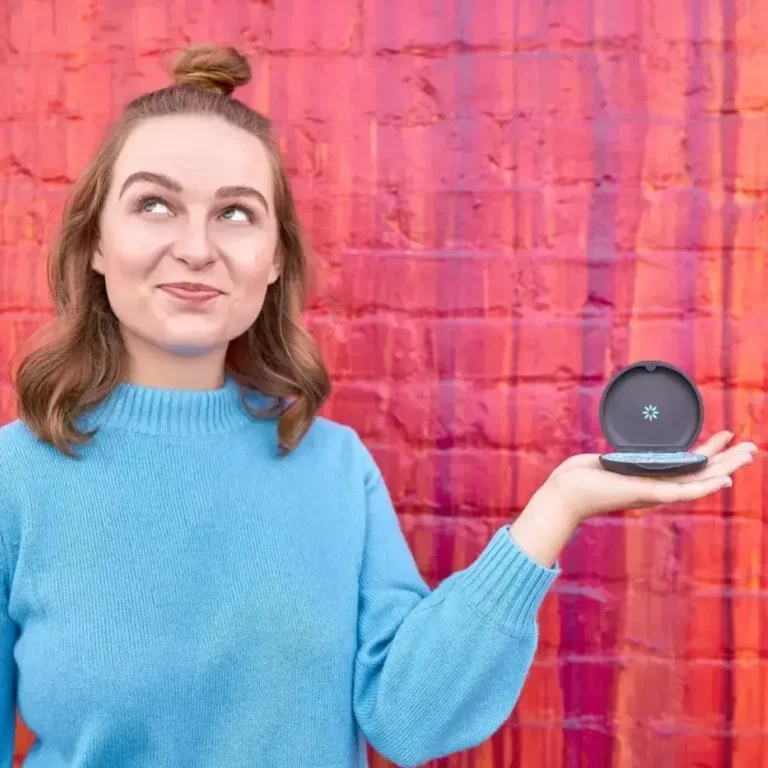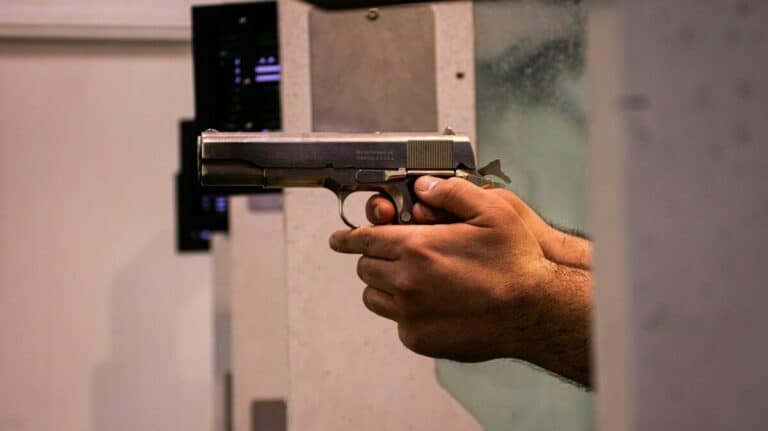Colorado Audiologist Shares 5 Everyday Causes of Hearing Loss That Are Damaging Your Hearing
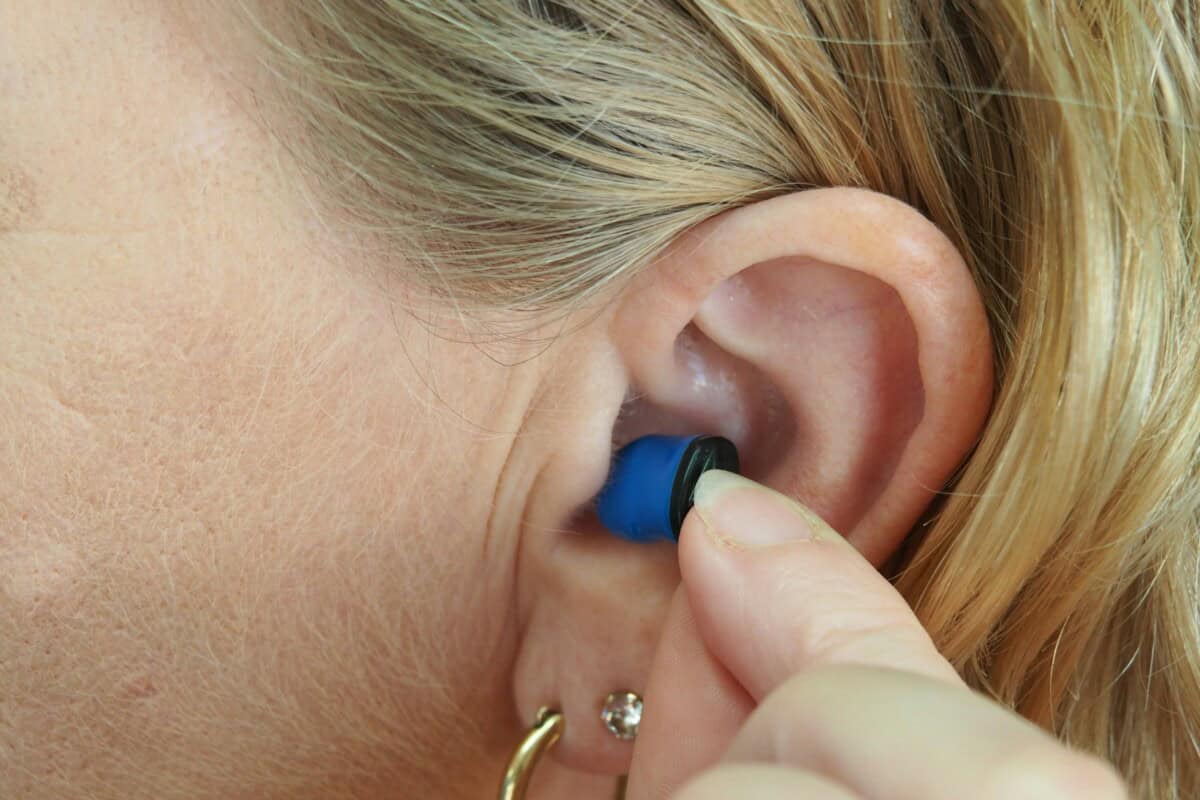
Noise-Induced Hearing Loss (NIHL) is more common than most people realize, and is only becoming more frequent.
Everyday causes of hearing loss are all around us. You don’t need to be in construction or the military to risk damage—even some sources of household noise can be enough to damage your hearing over time.
Garry Gordon, a long-time audiology expert and founder of customized hearing protection company E.A.R. Inc in Boulder, Colorado, has spent over five decades educating people on hearing safety.
“Life is loud,” he says, “with decibel levels commonly encountered in lawnmowers, snowblowers, and vacuum cleaners often exceeding safe levels.“

Gordon concludes, “We are seeing more people experiencing hearing loss much sooner than they should for their age. This is due, in part, to excessive noise exposure.”
How Hearing Loss Happens
The Inner Ear
Inside the cochlea, tiny hair cells convert sound vibrations into signals your brain can understand.
Loud noise—especially over time—can damage or destroy these cells.
Once they’re gone, they don’t grow back.
That’s why Noise-Induced Hearing Loss (NIHL) is permanent.
Decibel Danger Zones
Not all levels of noise are dangerous. The “loudness” or strength of a sound is measured in decibels. The decibel scale is logarithmic- an increase of 10dB means a sound is really ten times as loud.
| Sound Source | Decibel Level |
| Normal conversation | ~60 dBA |
| Leaf blower | 90 dBA |
| Headphones/Earbuds | 100+ dBA |
| Fireworks | 150 dBA |
Any sound above 85 dBA can cause hearing loss with enough exposure.
5 Everyday Causes of Noise-Induced Hearing Loss
1. Loud Music Through Airpods
Earbuds sit directly in the ear canal, making them more dangerous than over-ear headphones.
At full volume, most earbuds easily exceed 100 dBA, which is enough to cause permanent hearing loss in under 15 minutes.
Risk increases in noisy environments, where users turn the volume up even higher to compensate.
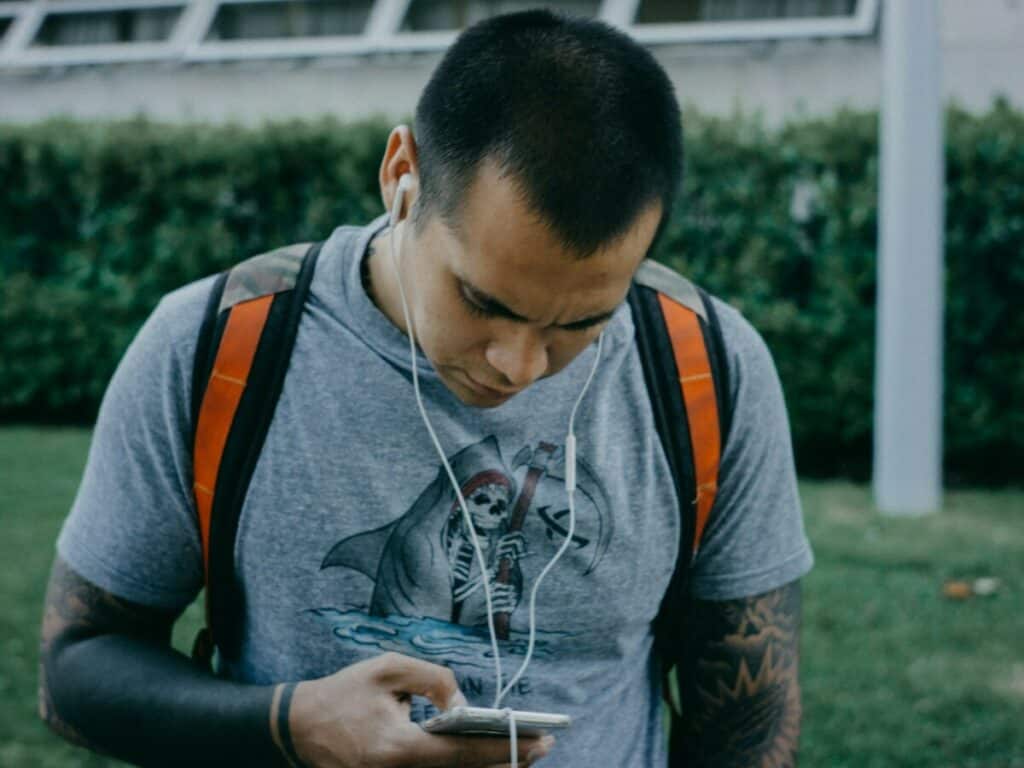
Another problem with earbuds is that many people think they can double as hearing protection in place of earplugs- which isn’t true.
“The simple fact is that the majority of these items were not manufactured nor marketed as ear protection,” says Gordon.
“Even earbuds that employ noise cancellation can be misleading since they don’t provide the amount of attenuation required for impact noise levels.”
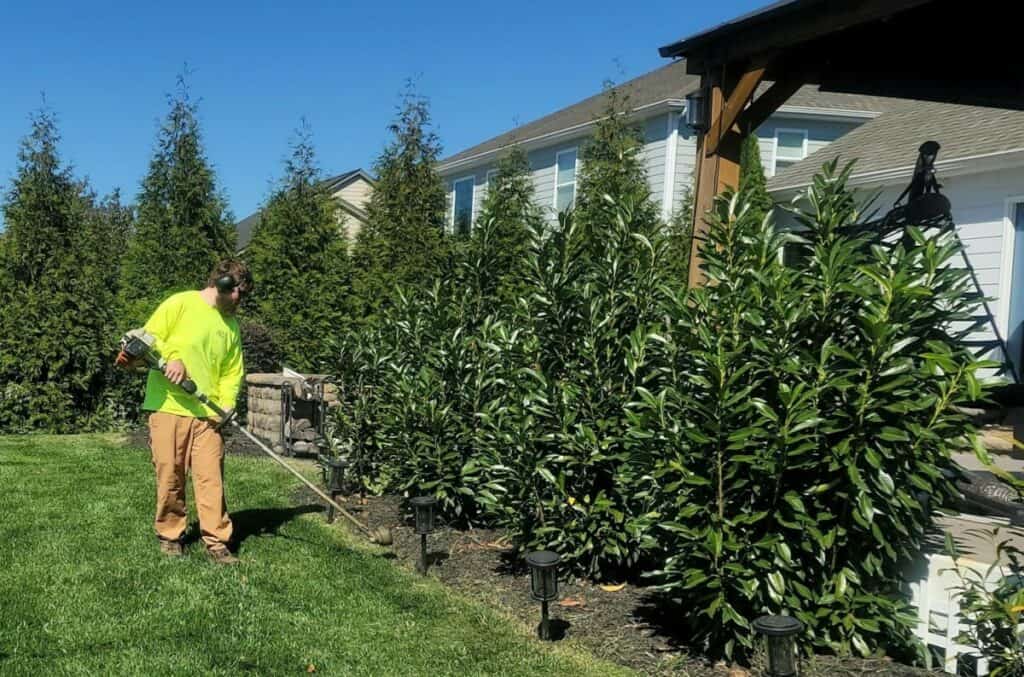
2. Power Tools and Yard Equipment
Chainsaws, power drills, and lawnmowers routinely produce sound levels between 90–110 dBA.
Even short-term exposure—just a few minutes per day—can accumulate over time and damage hearing.
Without hearing protection, mowing the lawn or working on home improvement projects can quietly contribute to long-term hearing loss.
3. Motorcycles, Dirtbikes, & Snowmobiles
According to Gordon, noise levels in a motorcycle helmet at normal highway speeds are typically 95–105dBA.
Based on noise exposure limits, at those speeds it would take between 15 minutes and 2 hours before you risk tinnitus or other noise induced hearing loss symptoms.
Vehicles like snowmobiles, and dirt bikes often generate 85–110 dBA.

The sound is constant, and the rider’s proximity to the engine increases risk. Wind and traffic also generate further noise that can be strong enough to damage your hearing over time.
Without earplugs or noise-reducing helmets, riders face a high chance of hearing loss—especially during long rides.
4. Public Events Like Concerts, Sports, & Fireworks
Concerts, sporting events, and fireworks displays often exceed 100 dBA. Fireworks can even reach as high as 160 dBA at close range.
A single exposure to this level of sound can result in immediate, permanent hearing loss.

If you’re attending a concert or fireworks show, consider bringing earplugs to protect your hearing, even if you’re not sitting right next to the stage.
5. Work-Related Noise Exposure
Jobs in construction, manufacturing, and the military regularly expose workers to noise well above safe thresholds.
The danger lies not only in volume but also in the duration– 8+ hours a day without adequate hearing protection adds up quickly.
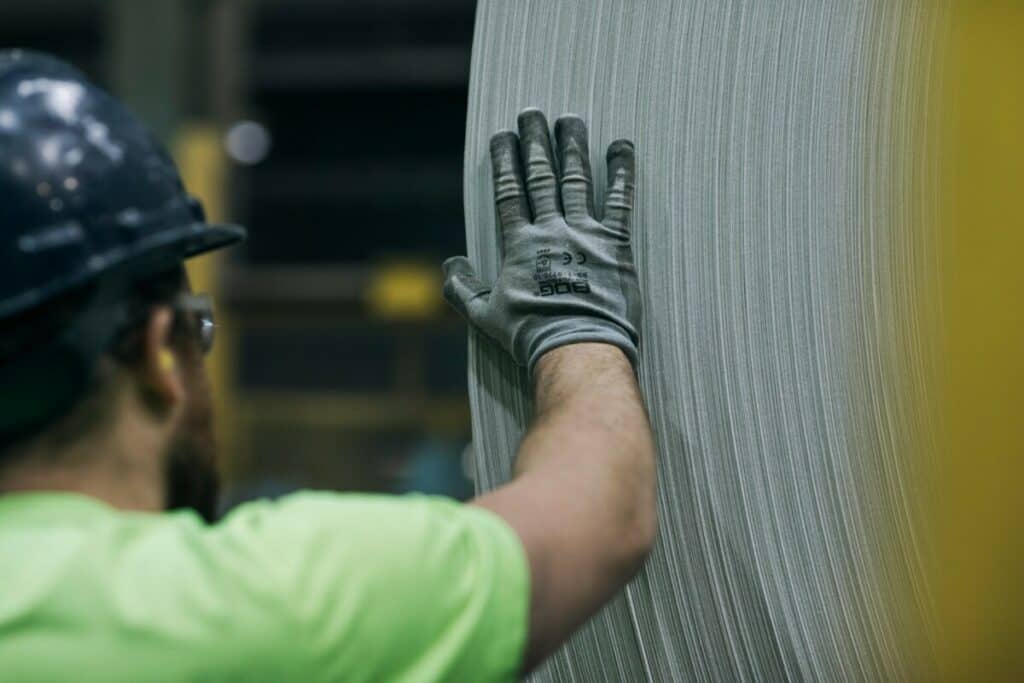
“In the workplace, when noise levels and exposures exceed OSHA guidelines, employers are required to provide adequate hearing protection as part of a comprehensive hearing conservation program,” Gordon explains.
Symptoms of Noise-Induced Hearing Loss
Early signs of Noise-Induced Hearing Loss are subtle but important to catch.
Common symptoms include:
- Muffled speech, especially in group settings
- Persistent ringing in the ears (tinnitus)
- Difficulty following conversations in noisy environments
Why Hearing Damage Often Goes Unnoticed
Hearing loss usually has a gradual onset, making it hard to detect early.
Many people mistake the symptoms for normal aging, delaying proper diagnosis and intervention.
How to Protect Yourself From Hearing Loss
The good news is that Noise-Induced Hearing Loss is 100% preventable!
Use these everyday tips to protect your ears:
- Wear hearing protection like earplugs or earmuffs during loud events or when you’re working with power tools
- Turn down the volume on earbuds and speakers
- Take listening breaks to give your ears time to recover
- Create distance from loud sources, such as moving away from speakers at a concert or stepping back from equipment
Early exposure to loud sounds can lead to hearing issues later in life.
Help kids build good habits early by teaching them not to listen at full volume, reminding them to take breaks, and wear hearing protection when necessary.
Hearing Loss FAQ
How loud is too loud?
Sounds over 85 dBA can cause permanent hearing damage if the exposure lasts long enough.
The louder the sound, the less time it takes to harm your ears.
Is temporary hearing loss serious?
Yes. Even if your hearing seems to return, permanent damage to inner ear structures may still have occurred.
Can hearing loss from noise be reversed?
No. Once the delicate hair cells in the cochlea are damaged, they do not grow back. That’s why preventing hearing loss is critical.
Are headphones worse than speakers?
Yes. Because headphones deliver sound directly into your ear canal, they pose a higher risk—especially at high volume.
How do I know if I have hearing damage?
Watch for:
- Ringing in the ears (tinnitus)
- Muffled or distorted sounds
- Struggling to follow conversations, especially in noisy places
Get tested by a licensed audiologist if you notice any of these signs.


